The Harmon-Threatt Lab is leading ground-breaking work on a group of understudied bees called ground-nesting bees (i.e. bees that nest underground). Oftentimes, the term “bees” brings to mind the honey bee, and while honey bees have provided us with valuable insights into the genetics and ecology of bees in general, their life history is quite different from that of ground-nesting bees, with one major difference being that ground nesting bees build their nests underground rather than in a cavity. Of the over 4,000 bee species that are found in the United States, more than 70% nest underground. And while ground-nesting bees spend almost their entire life cycle underground, most data collection occurs while the bees are above ground foraging (Fig. 2). Soil is an important substrate for these bees because it not only serves as the primary nesting material, but it mediates climate change, land use, parasites and pathogens that can affect bee health. Dr. Harmon-Threatt discovered that nesting information is partially to completely lacking for most bee species, and she knew it was time to shift the research needle away from foraging and towards nesting. The University of Illinois is situated on the edge of the vast central prairies of the US. Most of Dr. Harmon-Threatt’s work has been in the tallgrass prairie. A startling 83-99% of the prairie grasslands in the US have been converted to agriculture, and the remaining fragments are surrounded by soy and corn. However, do not be discouraged because prairie restoration is occurring, but often in small, old plots of farmland surrounded by large, active farms. Dr. Harmon-Threatt is studying nesting success of bees in regards to prairie management and pesticides, and is hoping to answer a couple of big questions: (1) How does prairie restoration affect ground nesting bees? (2) If we build suitable habitat, will they nest? (3) And not only nest, but survive and thrive? Restored prairie must be actively managed and monitored to achieve restoration goals and bring the vegetation and soil conditions back to a more natural and native state. Common management techniques include burning, mowing, haying, and grazing, and oftentimes these techniques are used in conjunction with each other to replicate historical disturbance regimes. These management techniques, however, can drastically alter the soil used by ground nesting bees through changes in temperature, moisture, pH, and bulk density leading to compaction. Dr. Harmon-Threatt and her team assessed how three common management techniques — burning, burning and haying, or patch-burn grazing — affected floral and nesting resources for bees (Fig. 3), community composition, and nesting rates. Overall, they found that soil conditions were important for predicting most aspects of the bee community, including abundance and community composition. Grazing can negatively affect nesting rate, soil conditions and plant communities, in part due to increases in soil moisture and decreases in soil temperature. 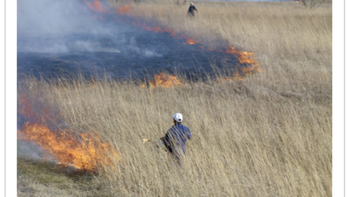 Figure 3. A prescribed or controlled burn in the Midwest for purposes of forest management, farming or prairie restoration. Photo credit: R. Hahn Figure 3. A prescribed or controlled burn in the Midwest for purposes of forest management, farming or prairie restoration. Photo credit: R. Hahn Many restored prairie habitats occur on land that was previously used for agricultural purposes and often, this land is tainted with pesticides. Previous research on non-target effects of neonicotinoid pesticides has primarily focused on the consumption of pollen and nectar, with little focus on alternative routes of exposure. Only 1.6-20% of active ingredients of neonicotinoid seed treatments are absorbed by the plant, while the remaining 80-98% is absorbed into the soil. Considering ground-nesting bees spend up to 90% of their lives underground and in contact with the soil, exposure risks to bees from residual pesticides in soils may represent a significant route of exposure. Anderson and Harmon-Threatt (2019) tested the effects of chronic exposure of imidacloprid, the most widely used neonicotinoid pesticide, on the immature development of two native bee species, Osmia lignaria and Megachile rotundata (Fig. 4). While not ground nesting themselves, they were used as proxy species in another study to approximate the effects of soil temperatures on soil-dwelling species. Wild-caught, newly laid eggs and early instar larvae were reared in a tissue culture plate (Fig. 5) and treated every 48 hours with imidacloprid concentrations that reflect those found in field environments. The effects of chronic contact exposure to imidacloprid varied between species, and often between females and males of the same species: Anderson and Harmon-Threatt (2019) documented increased longevity for female O. lignaria with low-intermediate imidacloprid concentrations (7.5-15 ppb), while male M. rotundata longevity increased at the highest imidacloprid concentration (100 ppb). The differences observed between species and sexes could be a result of differing body sizes, life histories, and genetic differences. Dr. Harmon-Threatt emphasized that while increased longevity could have a positive effect on bee populations, effects on bee fecundity and fitness should not be overlooked as these could have devastating consequences on species’ persistence. Pesticides are known to persist in soils for years, and this study raises concern over the placement or location of restored habitats regarding the long-term survival and conservation of these species.
References
Authors Maggie Hartman is a M.S. student in the Lamp Lab at the University of Maryland. She studies the prevalence and diet of Odonata (dragonflies and damselflies) in Maryland agroecosystems. Kathleen Ciola Evans, PhD student in the EspíndoLab at the University of Maryland, Entomology Department. Comments are closed.
|
Categories
All
Archives
June 2024
|
Department of Entomology
University of Maryland
4112 Plant Sciences Building
College Park, MD 20742-4454
USA
Telephone: 301.405.3911
Fax: 301.314.9290
University of Maryland
4112 Plant Sciences Building
College Park, MD 20742-4454
USA
Telephone: 301.405.3911
Fax: 301.314.9290

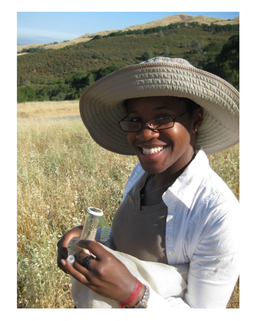
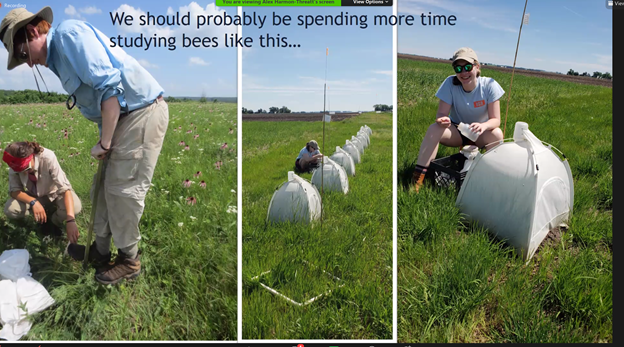
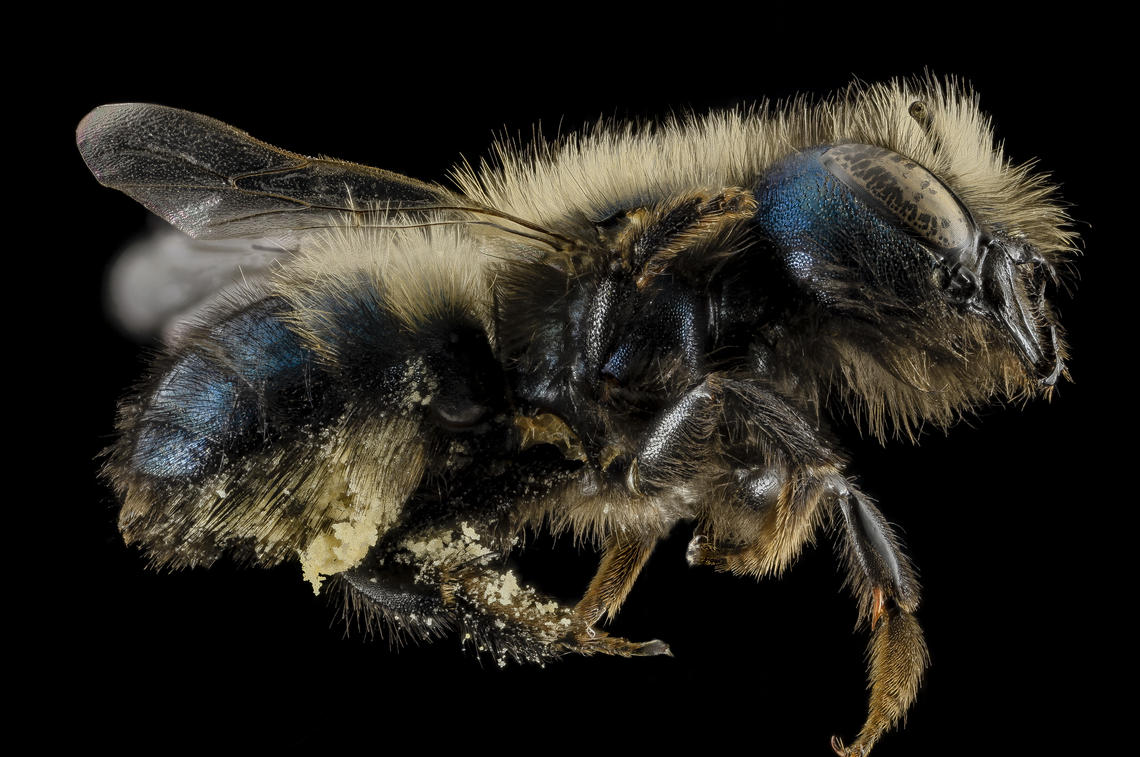
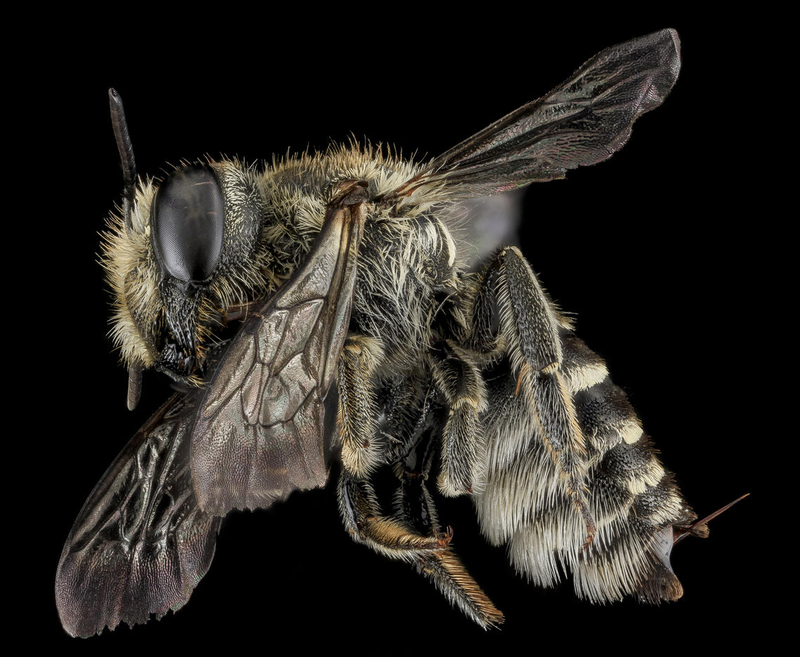
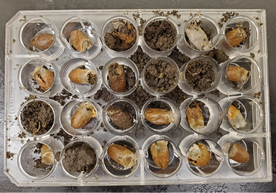
 RSS Feed
RSS Feed




